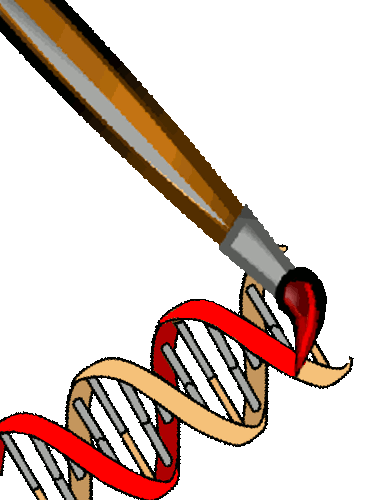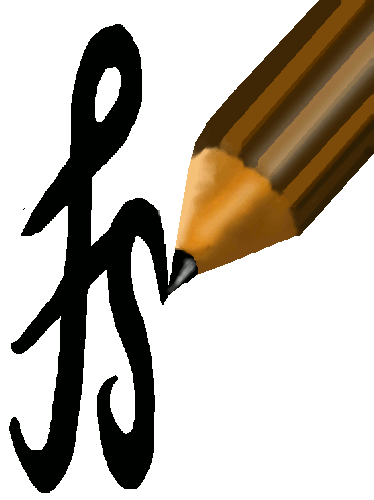List complete as of 22/02/12, more recent links are not comprehensive.
 |
Applications of this software
|
 |
All categories are listed in date order, with the most recent at the top. If your work is not listed here, but should be, please email Dan Lawson.
List complete as of 22/02/12, more recent links are not comprehensive.
12/2012: ChromoPainter/FineSTRUCTURE on a biowulf cluster, including some short instructions for usage.
2013 January: Fennoscandia does an interesting comparison of linked vs
unlinked PCA analysis. There is an interesting Eurasian
gradient analysis of the linked coancestry matrix, and (amongst other
things)
a related
one for Europe. My interpretation is that linked PCA using coancesty correlates more strongly with
ancestry than does standard unlinked PCA, and that structure reflects
interesting geographical history. The plotting method is a useful one,
although it is clearly oversmoothing and a little tricky to
interpret. Still, I'm pleased to see this new method being explored.
2013 summer: The Fennoscandia project continues to make interesting
findings. Most recently is
a Super-Individuals
example, where the advantages of using reference individuals from outside of
the sample of interest as forced-merged populations is explored.
2013 spring/summer: The Fennoscandia project has looked at ancient DNA
using fineSTRUCTURE. Two La Brana individuals were compared with modern
samples, and clear evidence of ancient population structure was found;
particularly, these individuals look like the source populations from which
modern populations have drifted. Other ancient DNA was also compared to
modern samples, including IRE8, AJV52 and AJV70. This is explored at several posts,
including IRE8, AJV70, AJV52,
La
Brana 1, and most recently La
Brana 2.
12/2012: The Fennoscandia project has extended its reference populations significantly - some interesting relationships can be seen at the worldwide scale that were absent in HGDP alone. They have also found some interesting Saami relationships.
06/2012: The Harappa Ancestry Project did a wide scale study with 2001 individuals. This analysis is split into chunkcounts, Dendrograms (a very clear splitting of the dendrogram) and the initial analysis. They used ShapeIt to phase the data.
06/2012: The Fennoscandia project is making good use of ChromoPainter's output, by comparing chunk counts with the length of the chunks. This is perhaps the first clear example where considering the chunk lengths tell a different story about admixture history than do the chunk counts alone.
05/2012: The Fennoscandia project used ChromoPainter's various summary outputs to make inferences about population history. More details and results at a follow-up post.
03/2012: A follow up analysis of South East Europe by the dodecad project.
02/2012: Dienekes did an analysis of the Kalash and other South Asian individuals.
02/2012: Fennoscandia, an in-depth analysis of the Scandanavian/Finn and related populations including the Saami. Around 200 individuals, and using 23andMe data of people volunteering their genomes for analysis.
02/2012: Harappa Ancestry Project, with 615 individuals (418,854 SNPs) from South Asia. 89 clusters were found. There was also
an earlier run, using 715 individuals and fewer SNPs. This is also using 23andMe data.
02/2012: Dodecad Ancestry Project, looking 413 individuals (258k SNPs) from the Balkans/West Asia area.
01/2012: EuroGenes 400 individuals (270k SNPs) all of European descent, with 21 clusters found. They also used ChromoPainter for a PCA analysis of the same data.
03/2012: Dienekes discusses our Review paper.
02/2012: Magnus Ducatus Lituaniae Project, comparing the fineSTRUCTURE results to a similar approach using MCLUST.
02/2012: Dodecad Ancestry Project compared their Balkans results to ADMIXTURE.
12/2011: Magnus Ducatus Lituaniae Project ran a test on a small data sample.
02/2012: Gene Expression at Discover (describing Fennoscandia results).
02/2012: Gene Expression have a nice discussion of the interpretation of the South Asian Harappa Project results.
02/2012: Gene Expression covered the Harappa project results.
01/2012: Dienekes blog, linking to the fineSTRUCTURE paper.
01/2012: Dienekes blog, linking to the early version of the fineSTRUCTURE/MCLUST comparison.
01/2012: Gene Expression covered our paper.
11/2011: Dienekes blog, linking to the website when it first appeared online.
List complete as of 22/02/12, more recent links are not comprehensive.